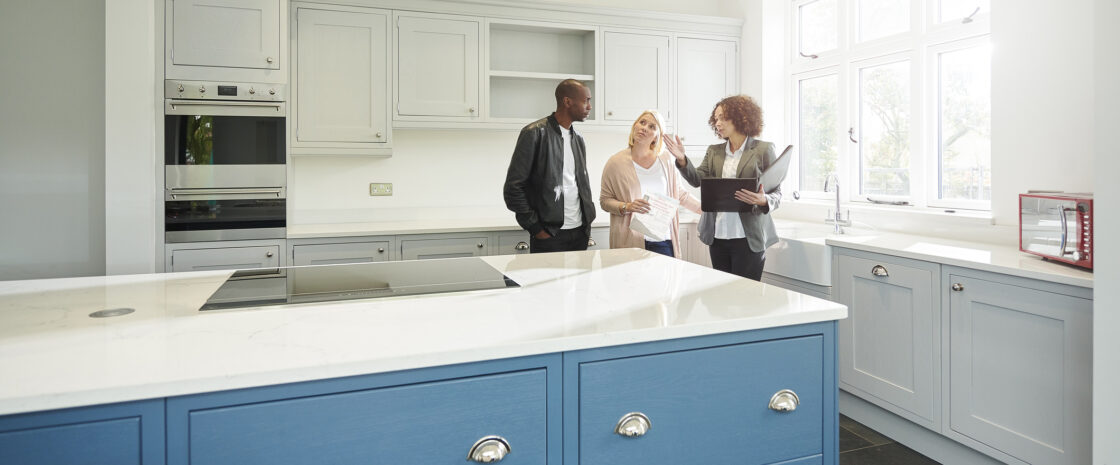A simultaneous settlement is when you sell the property you are living in on the same day that you buy your next property. It can be highly stressful as there are any number of things that can go wrong, so it pays to understand exactly how it works so you’re as prepared as possible.
How simultaneous settlement works
Property settlement should be relatively straightforward for both parties involved in the transaction, as long as they are fully aware of what they’ve agreed to and there are no points of conjecture in the settlement statement. However, when multiple transactions are involved and one person is acting as both the seller and the buyer on the same day the whole process can become highly complicated.
With a simultaneous settlement, you need everything to run smoothly while moving out of one property and into another, unless you’ve made alternative accommodation and storage arrangements in the short term.
You will also need to coordinate with lenders and solicitors to ensure that the funds will be released when required and that all the conveyancing is done in such a way that both parties you are dealing with on the day can proceed without delays. You may be buying or selling first, usually only with a few hours difference at most. While selling first can generally reduce complications, you still need the go-ahead from your lender, which may place a range of conditions on simultaneous settlements.
Pros and cons of simultaneous settlements
As with most things property-related, simultaneous settlements have come with pros and cons.
Pros:
- Only paying one mortgage: A clear, obvious advantage of selling and buying on the same day is that you won’t have to pay two mortgages at the same time, which would be the case if you bought before finalising the sale on your current property. As one mortgage is paid out, your new one commences.
- Convenience: Selling and buying a house at the same time makes perfect sense if you want to move from one property you own to another as seamlessly as possible. In other words, you and your family may want to upgrade but want to avoid renting for a couple of weeks or even months before moving into your new property. Additionally, from a pure convenience perspective, you should be able to get your utilities providers to turn off the electricity and gas at one location and turn them on at the new property on the same day.
- Cost savings: Renting while waiting to move could be costly, and then there’s the expense of moving again, which is not only painful and inconvenient, but could be anywhere up to $2000 for removalists.
Cons:
- Lender terms and conditions: If you’re selling and buying on the same day you need to be sure you understand the conditions placed on your mortgage by your lender. They may, for example, stipulate that you need to have sold your old property before you buy the new one, despite there only being a few hours’ difference. This could be even more complicated if you use different lenders for the two mortgages. Usually your old mortgage will end and the new one will start seamlessly but you should check with your lender to ensure there aren’t hidden fees and charges lurking.
- Everything is rushed: You will need to have vacated your old premises and be ready to move into the new home on the same day, which could mean waiting around for hours with removalists in tow as the price clicks up.
- Too much going on: Doing a simultaneous settlement may be a big enough juggling act already. Still, it’s quite possible that the people you’re selling to or buying from could also have a simultaneous settlement on the same day. This means multiple amounts of paperwork and an army of lawyers involved from every angle. All of which increases the risk of things going wrong.
- Unforeseen delays: These could come from a number of angles on a simultaneous settlement day. There could be delays in cleaning and vacating your old home, legal delays because you or the other party have an issue with something in the settlement statement, delays in doing a final inspection, or delays from lenders in releasing funds for some reason, any or all of which have the potential to turn the day into somewhat of a nightmare.
Tips for simultaneous settlement
Below are five tips to make simultaneous settlement day as incident-free as possible.
1. Be organised
First and foremost, you’ll want to have all your ducks lined up so you can move out of your old home and into the new one on the same day. This not only means organising cleaners and removalists but also having all your paperwork in order to minimise the risk of delays.
2. Get a great solicitor or settlement agent
You may have used great mortgage brokers or agents to buy and sell your properties but nothing is more important than having a top-notch conveyancing solicitor or settlement agent in your corner. Remember, they need to be able to handle two lots of paperwork simultaneously and be able to spot issues and act accordingly. Do some research or ask around before settling on one.
3. Ask for an extended settlement period
An extended settlement is where the settlement date is pushed back from the usual six weeks (from contract exchange) by as much as six months, where both the seller and buyer agree to such an arrangement as a condition of sale. An extended settlement period allows you more time to sell your property and can take at least some of the stress out of the day itself.
4. Make your settlement ‘subject to completion of sale’
If, for whatever reason you are buying your new home first and still want a simultaneous settlement, you could make it ‘subject to the completion of sale’. This means that, as long as the seller agrees, you won’t have to settle on the new property until you’ve sold your existing home. These tend to be more common in a slow-moving real estate market and there’s no guarantee in a hot one that the seller will agree to such a concession. Once again, it pays to consult an expert who can negotiate on your behalf if you require this option.
5. Talk to your lender
Ultimately, when it comes to simultaneous settlements, the crucial decision in the process is whether you buy or sell first, even if it is only for a few hours. While selling first obviously is advantageous, you may not be able to avoid doing it the other way around, as discussed above. Talk to your lender about exactly the type of loan you are eligible for and how accommodating they’re likely to be when it comes to the specifics of your situation. If you get no joy from them you can always shop around for another lender.
DIVE EVEN DEEPER

Pre-Settlement Inspection: Your Final Check
When done properly, a final pre-settlement inspection should give you the confidence that you’re getting what you paid for and that no issues are likely to arise in the future.

10 Questions To Ask A Real Estate Agent When Selling A House
Selling a house can be tricky, so working with the right people is crucial. Here are 10 questions to ask a real estate agent to see if they fit.

6 Smart Ways To Cut House Settlement Costs
Discover ways to lower house settlement costs — from lender fees to conveyancing and marketing expenses — when buying or selling property.


